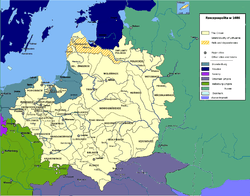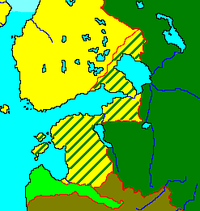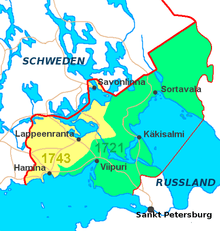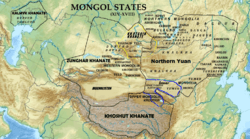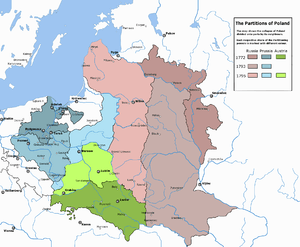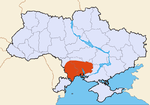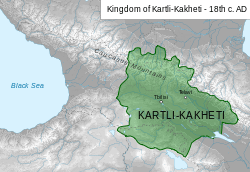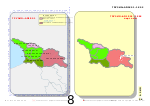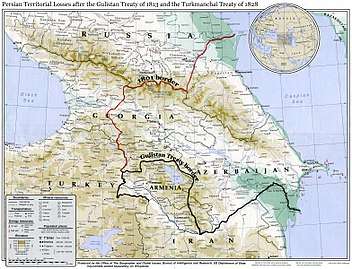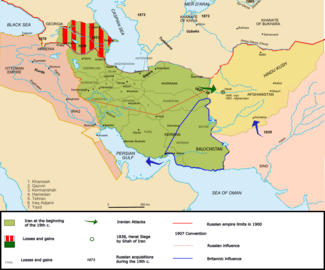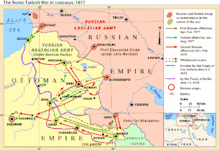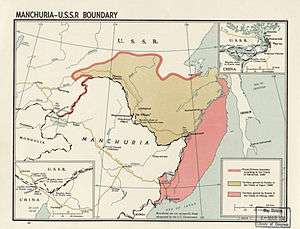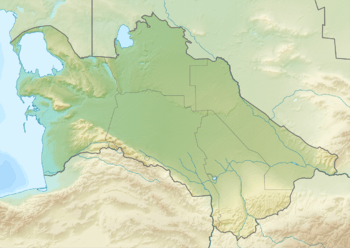Territorial evolution of Russia
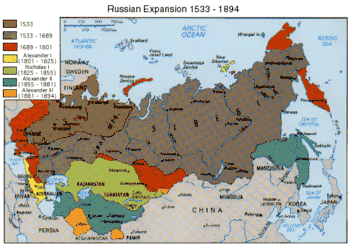
Territorial changes of Russia happened by means of military conquest and by ideological and political unions in the course of over five centuries (1533-today).
Russian Tsardom and Empire
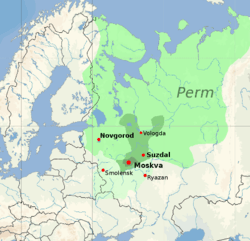
The name Russia for the Grand Duchy of Moscow started to appear in the late 15th century and had become common in 1547 when the Tsardom of Russia was created.
For the history of Rus' and Moscovy before 1547 : see Kievan Rus' and Grand Duchy of Moscow.
An other important starting point was the official end in 1480 of the overlordship of the Tatar Golden Horde over Moscovy, after its defeat in the Great standing on the Ugra river. Ivan III (reigned 1462-1505) and Vasili III (reigned 1505-1533) had already expanded Muscovy's (1283–1547) borders considerably by annexing the Novgorod Republic (1478), the Grand Duchy of Tver in 1485, the Pskov Republic in 1510, the Appanage of Volokolamsk in 1513, and the principalities of Ryazan in 1521 and Novgorod-Seversky in 1522.
After a period of political instability the Romanovs came to power (1613) and the expansion-colonization process of the Tsardom continued.
While western Europe colonized the new world, the Tsardom of Russia expanded overland - principally to the east, north and south.
This continued for centuries; by the end of the 19th century, the Russian Empire reached from the Black Sea to the Pacific Ocean, and for some time included colonies in the Americas (1732-1867) and a short-lived unofficial colony in Africa (1889) in present-day Djibouti.
Table of changes
Soviet Union
After the October Revolution, Poland and Finland became independent from Russia and stayed so until modern times. Russia proper had become "Soviet Russia" and eventually the Russian Federation. Its territory varied greatly during the Russian Civil War. Eventually most of the former lands of the Russian Empire were consolidated into the Soviet Union.
After World War II the Soviet Union annexed Karelia from Finland, East Prussia (now Kaliningrad Oblast) from Germany, the Kuril Islands and southern Sakhalin from Japan, Tuva (previously governed by Mongolia and Manchu Empire), West Belarus and West Ukraine from Second Polish Republic
Territories of the former Russian Empire that permanently or temporarily became independent:
- Crimean People's Republic, 1917–1918
- Republic of Aras, 1918–1919
- Alash Autonomy, 1917–1920
- Kingdom of Lithuania (1918), 1918
- Ukrainian People's Republic, Ukrainian State , 1917-1921
- Duchy of Courland and Semigallia (1918), 1918
- First Republic of Armenia, 1918–1920
- Azerbaijan Democratic Republic, 1918–1920
- Kingdom of Finland (1918), 1918–1919
- Balagad state, 1919–1926
- North Caucasian Emirate, 1919–1920
- Republic of Latvia (1919–1940), 1919–1940
- Republic of Central Lithuania, 1920–1922
- Centrocaspian Dictatorship, 1918
- Democratic Republic of Georgia, 1918–1921
- Idel-Ural State, 1917–1918
- Moldavian Democratic Republic, 1917–1918
- Mountainous Republic of the Northern Caucasus, 1917–1920
- North Ingria, 1919–1920
- Republic of Oirat-Kalmyk, 1920
- Transcaucasian Democratic Federative Republic, 1918
Modern Russia
The dissolution of the Soviet Union have led to the creation of independent post-Soviet states, with Russian SFSR becoming Russian Federation. Territorial disputes of the Russian Federation involve both post-Soviet states and other neighbors.
The Chechen Republic of Ichkeria was an unrecognized secessionist government of the Chechen Republic during 1991–2000, which fought two wars against Russia until the government was exiled in 2000.
In 2014, Crimea was annexed by the Russian Federation.
See also
- History of the administrative division of Russia
- Chechen–Russian conflict
- Foreign policy of the Russian Empire
- Russification
- Internal colonialism
- Near abroad
- Third Rome
- Foundations of Geopolitics
- Transnistria War
- Post-Soviet conflicts
- Karelian question
- Captive Nations
- Soviet Empire
- Anti-Russian sentiment
- Chinese imperialism
- American imperialism
Notes and references
- Iavorsky, M. Ukraina v epokhu kapitalizmu Kiev: Derzhavne Vydavnytstvo Ukrainy, 1924.
- Koropeckyi, I. Development in the Shadow (New York, 1990)
- idem, ed. Ukrainian Economic History(Cambridge MA, 1991)
- Krawchenko,B. Social Change and National Consciousness in Twentieth Century Ukraine (NewYork, 1985)
- Martin, Virginia. Law and custom in the steppe: the Kazakhs of the Middle Horde and Russian colonialism in the nineteenth century. Richmond: Curzon, 2001
- Serbyn, Roman. Lenine etla question ukrainienne en 1914. Pluriel no. 25, 1981.
- Subtelny, Orest (1988). Ukraine: A History. Toronto: University of Toronto Press. ISBN 978-0-8020-5808-9.
- Velychenko, Stephen, The Issue of Russian Colonialism in Ukrainian Thought.Dependency Identity and Development, AB IMPERIO 1 (2002) 323-66
- Forsyth, James. "A History of the Peoples of Siberia: Russia's North Asian Colony 1581-1990" (1994)
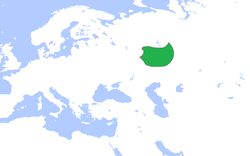
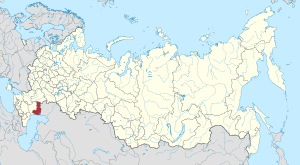
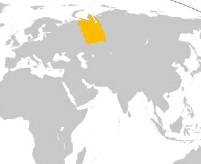

.svg.png)
